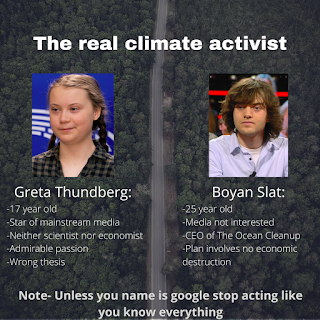Why we can't simply stop using plastic

The plastic keeps on having a significant impact on marine birds and marine wildlife. Due to its properties like buoyancy and durability, its transportation into bigger water bodies is effortless. India alone is projected to produce 15,788 KTA thermoplastic in 2019-20. The immense production is coupled with the fact that it is derived from crude oil which is a massive industry of environmental pollution in itself. The global plastic industry generates a revenue of about $600billion annually . But the question arises, can we simply stop using plastic? Plastic is a form of synthetic polymer. The first synthetic polymer, Bakelite, was created in 1907 by Leo Baekeland on accident. Plastic was used for industrial purpose during World War 2, secretly by the British and American military. The one-piece polythene shopping bag was patented by Swedish company Cleoplast in 1965. Due to its immense cost-efficient application, it started controlling 80% of the bag market in Europe by 1


